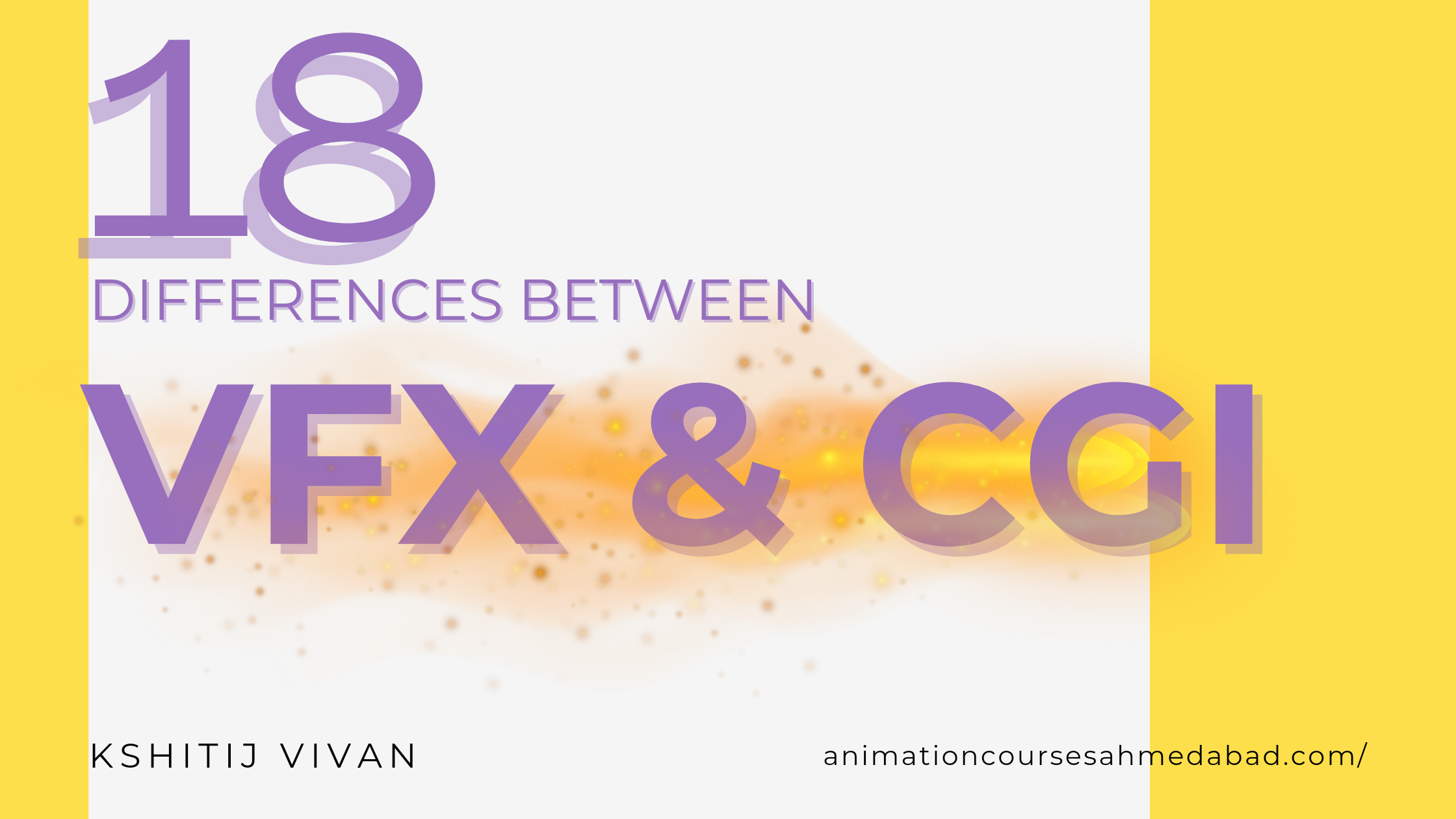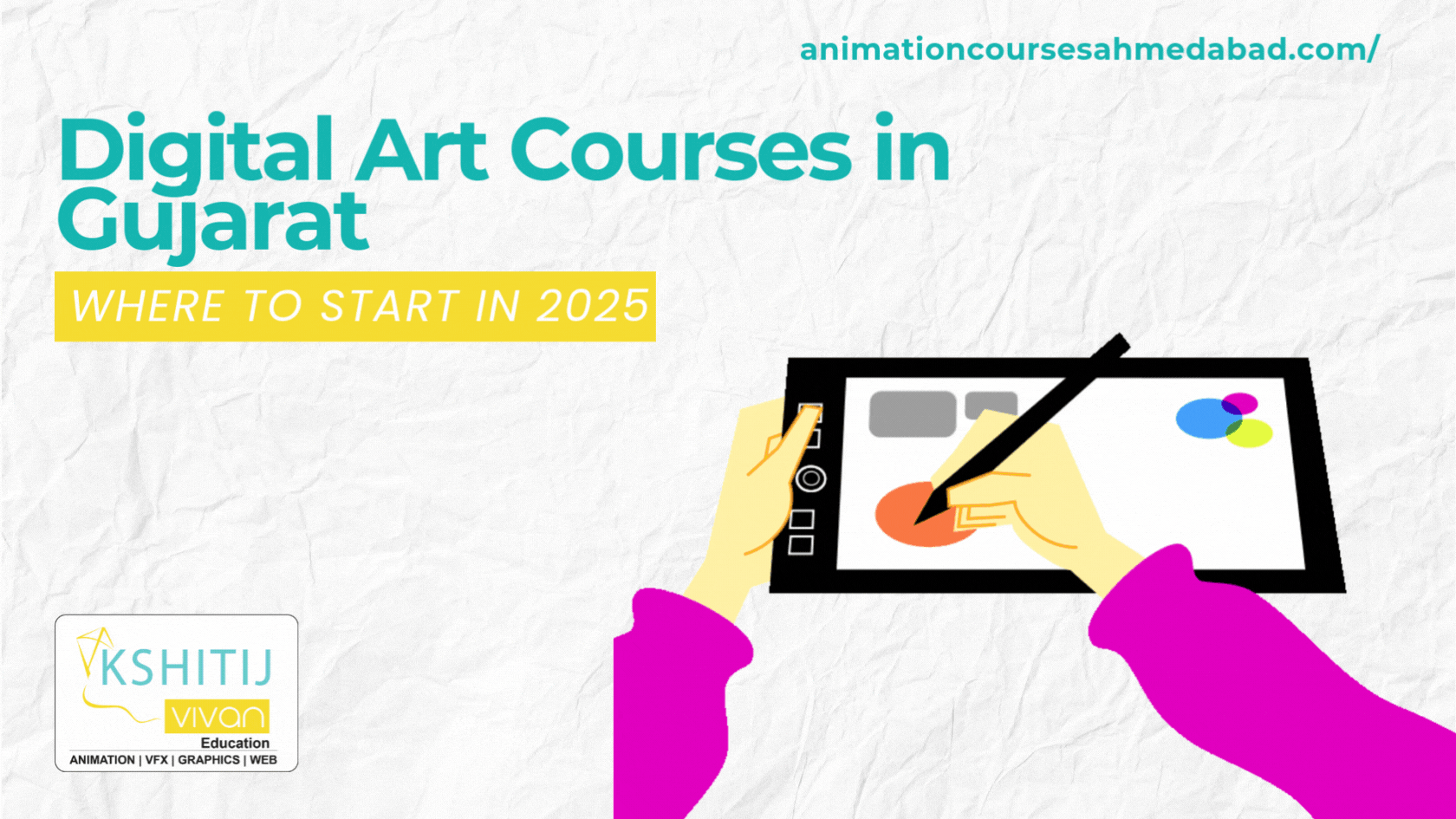
18 Differences Between VFX and CGI: Unveiling the Artistry and Technical Marvels of Visual Effects
Visual effects(VFX) and computer-generated imagery (CGI) are integral components of the entertainment industry, revolutionizing the way stories are told on screen.
While these terms are often used interchangeably, they encompass distinct techniques and purposes.
Understanding the differences between VFX and CGI is crucial for appreciating the immense artistry and technical skills behind creating stunning visual experiences.
In this blog post, we will dive into the world of VFX and CGI, exploring their definitions, applications, techniques, and their collaborative nature in film production.
Let's start.
Differences Between VFX and CGI:
1. VFX:
Definition and Purpose:
Visual effects (VFX) involve manipulating or enhancing filmed or captured footage to create realistic or fantastical elements.
Application of VFX:
VFX seamlessly integrates digital effects into live-action footage, covering areas such as creature creation, environment creation, and digital set extensions.
Techniques used in VFX:
Techniques like compositing, matte painting, rotoscoping, and matchmoving are employed to achieve convincing visual effects.
Examples of VFX in popular films:
Movies like Jurassic Park, Avatar, and the Harry Potter series showcase the transformative power of VFX in creating captivating worlds and creatures.
2) CGI:
Definition and Purpose: Computer-generated imagery (CGI) refers to the creation of entirely digital elements, characters, or environments.
Application of CGI:
CGI is extensively used in animated films, video games, and virtual reality experiences, enabling the depiction of objects and scenes that are impractical or impossible to film.
Techniques used in CGI:
Techniques such as 3D modeling, texturing, animation, and rendering are employed to bring digital creations to life.
Examples of CGI in popular films:
The Lion King (2019) remake, Guardians of the Galaxy, and the Lord of the Rings trilogy exemplify the extraordinary worlds and characters made possible through CGI.
3. Collaboration and Overlap between VFX and CGI:
VFX and CGI often work hand in hand, with VFX utilizing CGI techniques and assets to enhance live-action footage.
The interchangeability of the terms VFX and CGI arises due to their collaborative nature and shared goals in creating compelling visual experiences.
4. Realism vs. Creation:
VFX aims to enhance reality and make the impossible seem plausible within live-action footage.
CGI, on the other hand, allows for the creation of entirely imaginary elements and worlds, pushing the boundaries of visual storytelling.
5. Integration into Live-Action vs. Standalone Digital Content:
VFX seamlessly integrates digital effects into live-action footage, enhancing the visual impact and realism of the scenes.
CGI produces self-contained digital content, enabling the creation of entire animated films, video game environments, and virtual reality experiences.
6. Tools and Software Used in VFX:
VFX artists employ specialized vfx software and tools like compositing software (e.g., Nuke), 3D modeling software (e.g., Maya), and motion tracking software (e.g., PFTrack) to create their visual effects.
Technological advancements in VFX have played a crucial role in achieving more realistic and immersive effects.
7. Tools and Software Used in CGI:
CGI artists use software such as Autodesk Maya, Blender, and ZBrush for 3D modeling, animation, and rendering.
Advancements in CGI technology have paved the way for more intricate and lifelike digital creations.
8. Role of VFX in Film Production:
VFX enhances practical effects, allowing filmmakers to achieve stunning visual spectacles, seamless transformations, and breathtaking environments.
VFX plays a vital role in creating immersive and captivating visual experiences that enhance the storytelling process.
9. Role of CGI in Film Production:
CGI brings to life fantastical worlds, creatures, and characters that would be impossible to achieve practically, expanding the realms of imagination.
CGI has revolutionized the animation and gaming industries, enabling unprecedented visual storytelling possibilities.
10. Key Differences in Workflow between VFX and CGI:
VFX involves integrating digital effects into live-action footage, requiring processes like compositing, tracking, and rotoscoping.
CGI entails the creation of digital elements from scratch, involving stages such as 3D modeling, texturing, animation, and rendering.
11. Career Paths in VFX and CGI:
The VFX industry offers various job roles, including VFX artists, compositors, matte painters, and matchmove artists.
The CGI industry provides opportunities for CGI artists, 3D modelers, animators, and visual effects supervisors, among others.
12. Education and Training for VFX Artists:
Academic programs and specialized courses focus on VFX techniques, software proficiency, and artistic skills.
Essential skills for VFX artists include proficiency in software like Nuke, understanding of cinematography, and a strong creative eye.
13. Education and Training for CGI Artists:
Academic programs and VFX courses cater to CGI-specific disciplines like 3D modeling, animation, and rendering.
Essential skills for CGI artists include proficiency in software like Maya or Blender, knowledge of artistic principles, and attention to detail.
14. Impact of VFX and CGI on the Entertainment Industry:
VFX has significantly evolved the visual effects landscape in film and television, offering filmmakers unprecedented creative possibilities.
CGI has transformed the animation and gaming industries, providing immersive and interactive experiences to audiences worldwide.
15. Limitations and Challenges of VFX:
Balancing practical effects with visual effects is a challenge to maintain authenticity and coherence in scenes.
Overcoming technical constraints and budget limitations are ongoing challenges in achieving the desired visual effects.
16. Limitations and Challenges of CGI:
Achieving realistic textures, physics, and lighting in CGI can be demanding and time-consuming.
Managing complex rendering processes and computational requirements pose challenges in CGI production.
17. Future Trends in VFX:
Advancements in virtual reality (VR) and augmented reality (AR) open new avenues for immersive visual effects experiences.
Integration of AI and machine learning in VFX techniques promises automated and intelligent workflows.
18. Future Trends in CGI:
Real-time rendering technologies enable interactive CGI experiences, blurring the line between real-time and pre-rendered content.
Continued improvements in CGI realism and believability will enhance the audience's visual experiences.
You can start learning VFX and 3d animation for a bright future, Kshitij Vivan Institute offers a wide range of 3D animation, VFX, and artificial intelligence integrated courses in Ahmedabad.
Conclusion:
Understanding the distinctions between VFX and CGI is vital for appreciating the creativity and technical prowess behind visual effects in the entertainment industry.
While VFX enhances live-action footage, CGI empowers the creation of imaginative worlds and characters.
Both forms of visual effects contribute to the evolution of storytelling and continue to push the boundaries of what is visually possible on screen.
By recognizing the artistry and technical skills involved, we gain a deeper appreciation for the mesmerizing visual experiences that captivate audiences worldwide.



